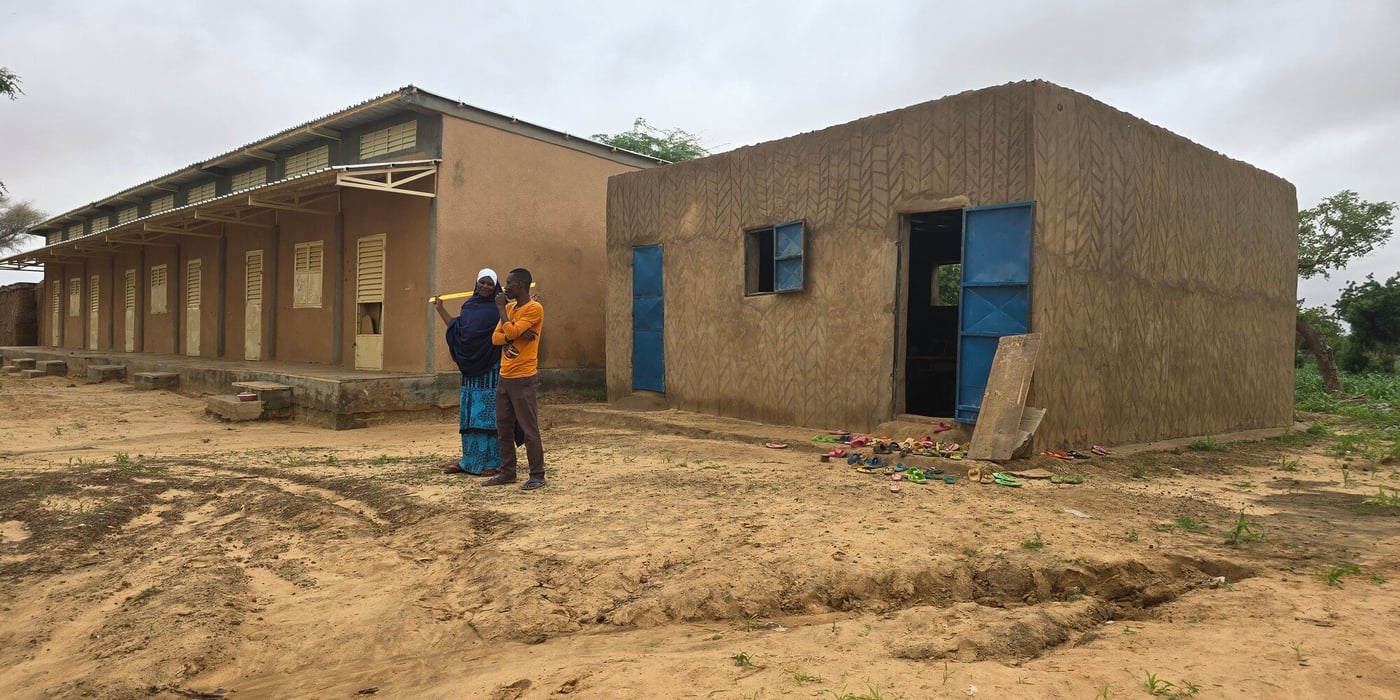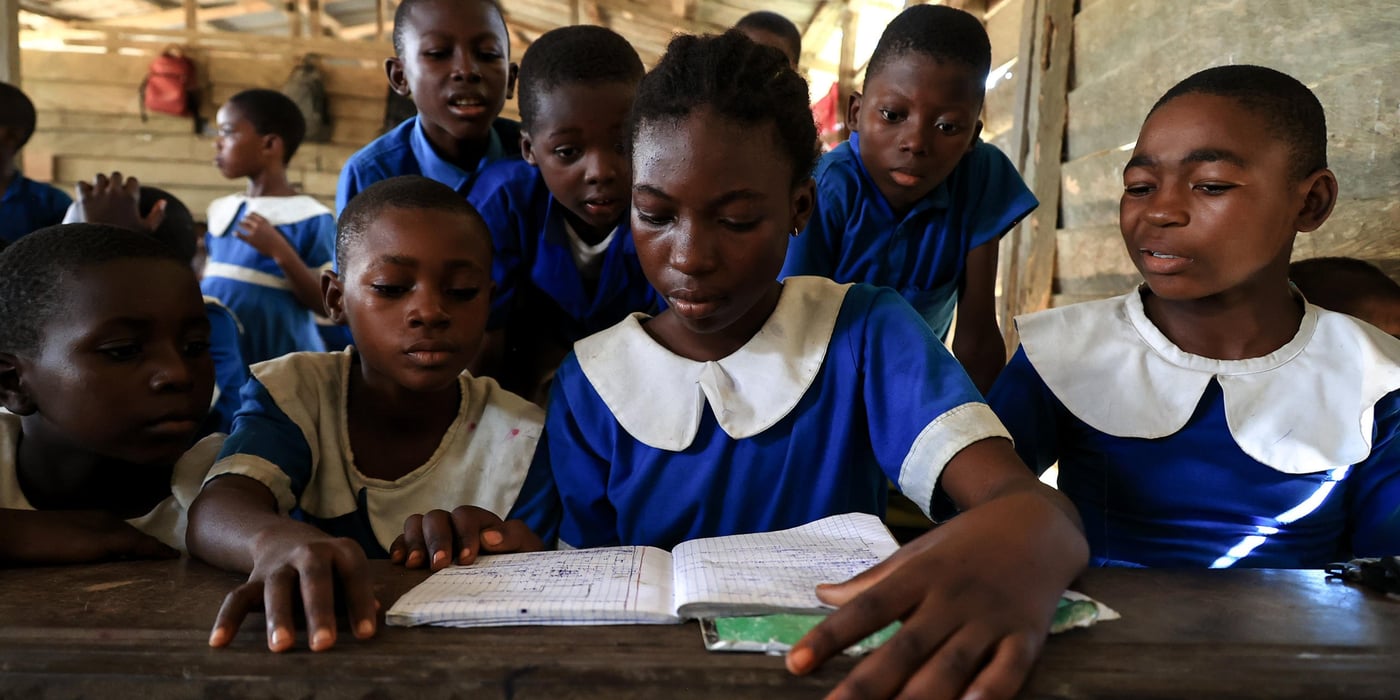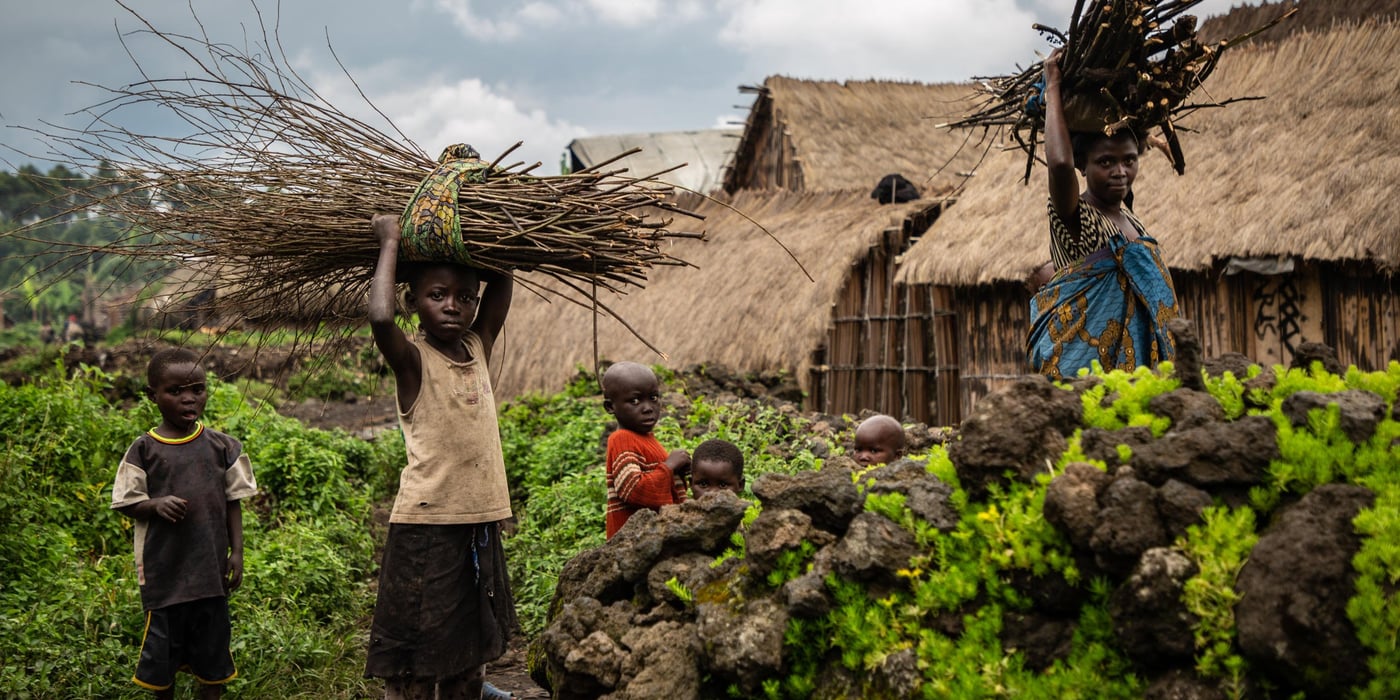
Here are five things to know about the humanitarian crisis in Far North Cameroon:
1. Second largest victim of Boko Haram's attacks
Cameroon is second only to Nigeria in suffering the effects of Boko Haram’s attacks. Since March of 2014, Boko Haram’s attacks on Cameroonian soil have led to multiple displacements in the country’s Far North region. In some places, entire villages have been deserted. Today, about 241,000 Cameroonians remain internally displaced. Even though the number of suicide attacks, kidnappings, targeted killings and village destructions perpetrated by Boko Haram have decreased since the beginning of the year, displacements are still recorded in areas of continuing insecurity and where counter-offensive operations are taking place.
2. Hosts Nigerian victims of Boko Haram
The Far North region of Cameroon shelters more than 95,000 Nigerian refugees who have also fled Boko Haram violence in their country. Sixty-five per cent of Nigerian refugees live in the Minawao camp, the only official refugee camp in the country. Some have been living in the camp since it first opened in July 2013. More than 60 per cent of the camp’s population is under 18 years of age.
3. Civilians are deliberately targeted
Civilians are being deliberately targeted by violence and are being affected by actions taken by the warring parties, a state Humanitarians refer to as a “protection crisis”. This includes when Boko Haram fighters attack schools and target students and teachers, or when aid workers are not allowed access to areas where populations are in need and suffering.
4. A looming education crisis
Education has suffered greatly in the midst of the crisis. At least 92 primary schools remain closed because of the insecurity in the Far North of Cameroon. It is estimated that about 23,000 school-aged children are out of school. Teachers have fled without returning, and most schools lack basic equipment to host students.
5. The poorest region in the country
Attacks, and the destruction caused by Boko Haram, have exacerbated structural problems that have existed for years in Far North Cameroon. The region, which was the poorest part of the country even before the outbreak of the conflict, has suffered from economic under-development and lack of investment, among other ills. Prior to the conflict, it was estimated that 74 per cent of the population were living below the poverty line, compared to an average of 37.5 per cent in the country as a whole.




